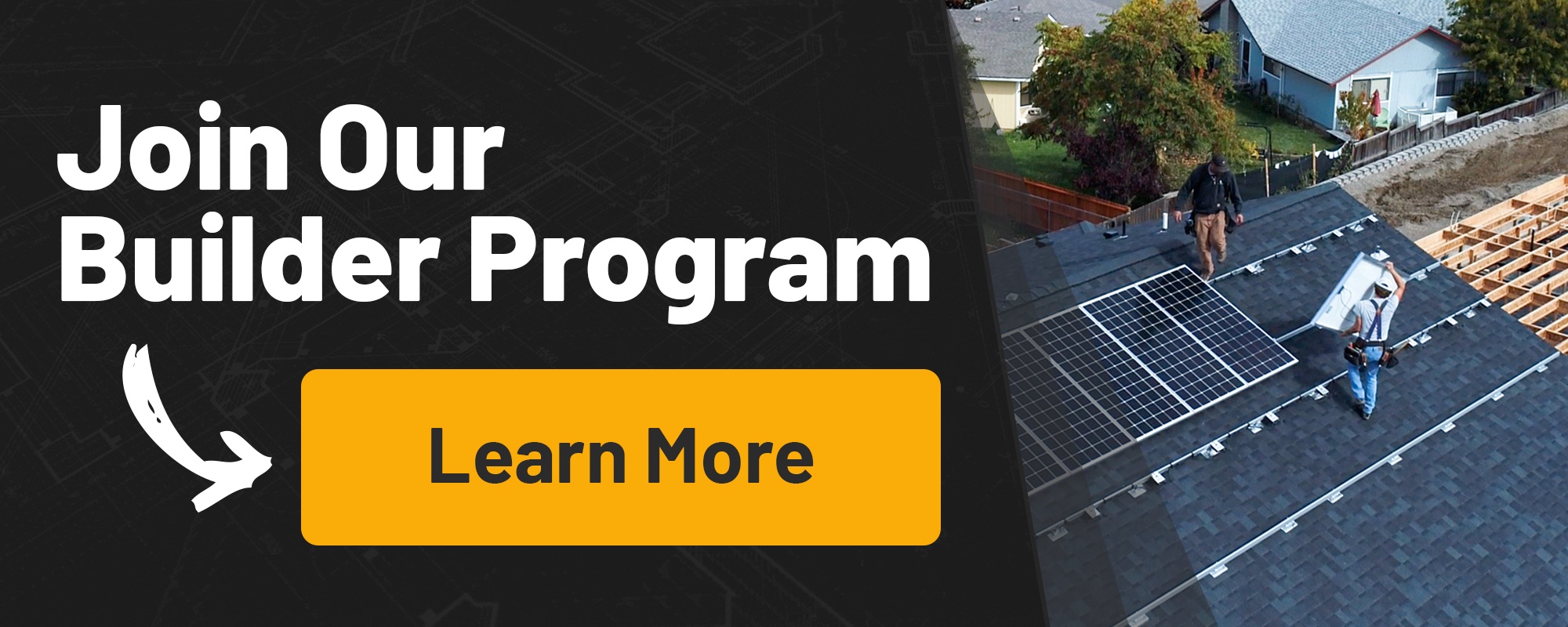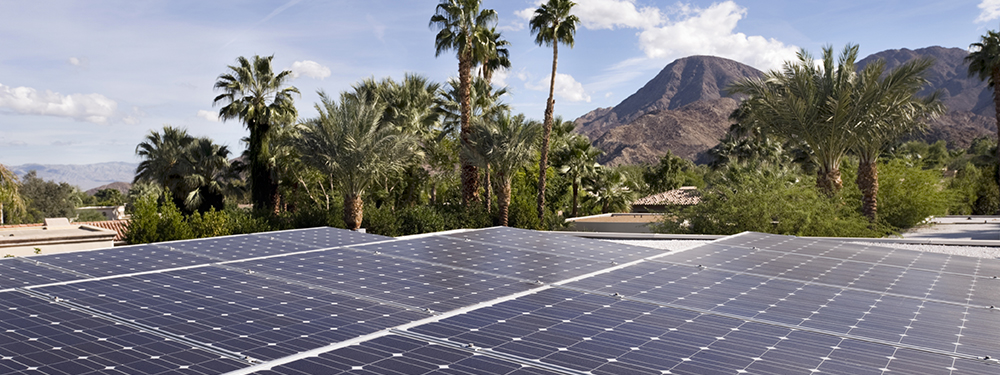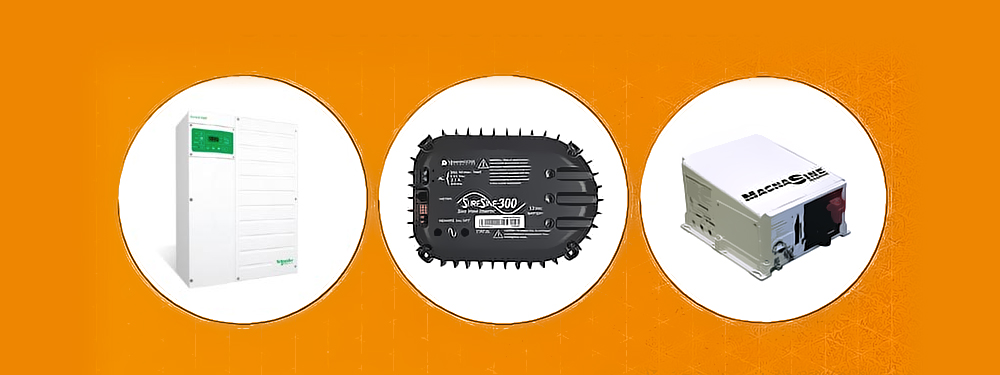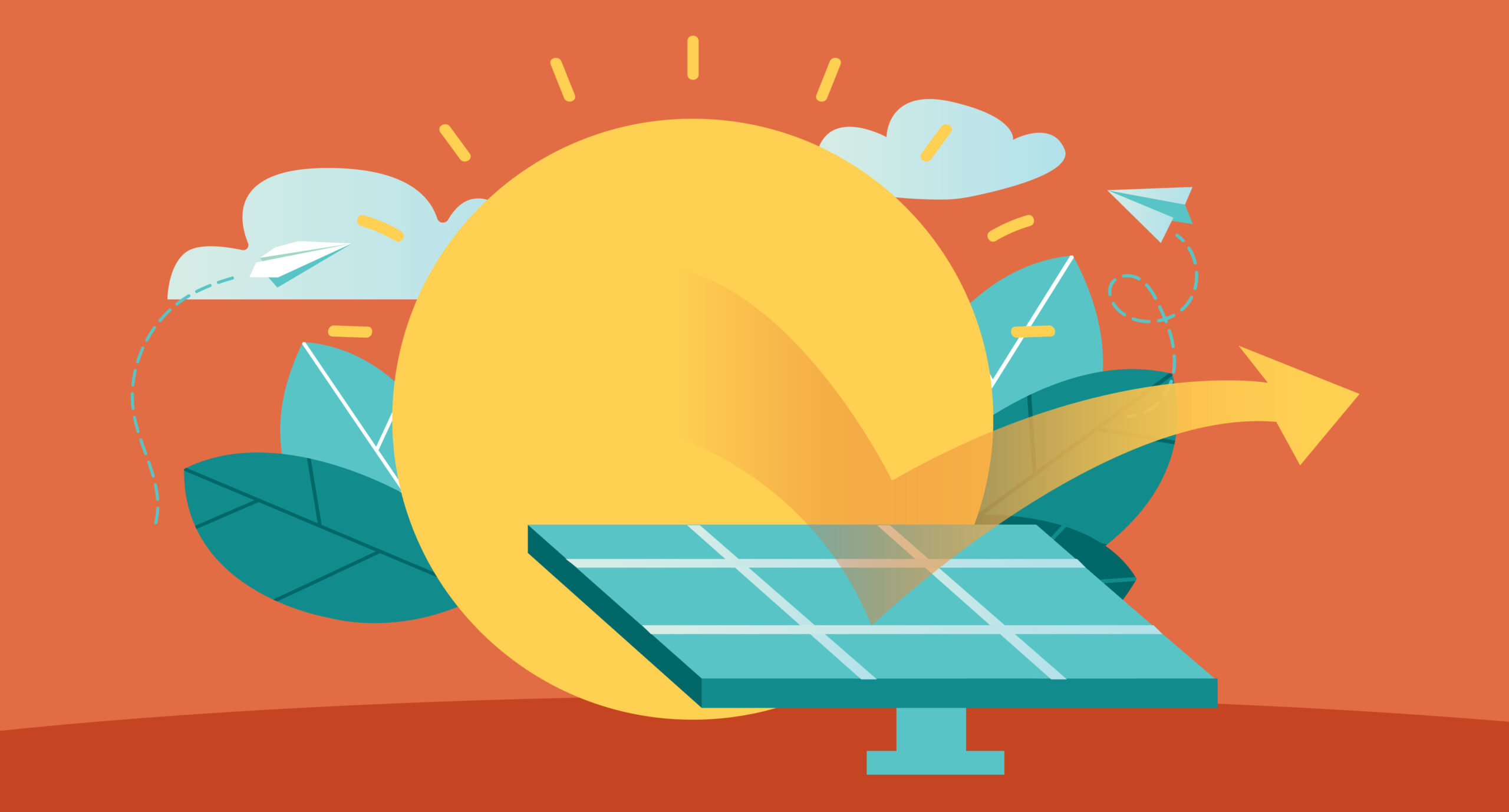Being a builder, you’re likely getting bombarded with talk of “solar” on all fronts.
We have California to thank for that – recently making solar systems mandatory on new builds.
But they’re not alone!
Ten states are currently considering similar measures.
Meanwhile, 6 states have already issued “solar-ready” mandates. (It’s a very murky term indeed. But to clear up the confusion, check out this article.)
Adding to the scrum, solar is quickly gaining status as a ‘must-have’ feature for millions of homeowners, with installations growing 50% per year over the past 10 years.
That’s because solar eliminates the homeowner’s power bill, increases their home’s resale value, and the cost of solar systems has plummeted since 2010.
All this means that now is a fantastic opportunity to jump on the solar bandwagon. You will:
- Attract more buyers to your homes
- Increase profits by 4.1% per home by incorporating a system
- Sell your homes 20% faster
- Put money in your pocket with federal and local incentives

The only hiccup…planning a solar system poses a unique challenge…because, as we all know, size matters.
Choosing the right system size, that is.
System sizing calculators are widely available, but one of the key figures you need to punch into a solar power consumption calculator is typical energy use.
Homeowners who want to convert their existing power systems can easily identify their current energy needs, but, as a builder, how can you predict the future owner’s energy consumption?
Furthermore, how can you be sure the system you’re installing is the correct size without this number?
Unless you’re doing a custom build commissioned directly by the homeowner, you can’t gaze into a crystal ball and predict a future buyer’s exact energy needs.
Thankfully, you can choose the right system size (with a good degree of accuracy) by working with your architect, utilizing other aspects of power system sizing calculations, and keeping expandability at the forefront of your system design.
Understanding the Basics of Solar System Sizing

One of the most important factors in designing a functional and efficient photovoltaic energy system is choosing the correct system size.
In this context, “size” refers to the system’s overall power output and production capabilities, which tend to correlate to the system’s physical size in terms of the number of panels and other components.
A power consumption calculator can give you a good idea of the right system size to meet your needs.
In addition to minimum size requirements, you also need to consider any space and budget constraints for the job.
Grid-Tie Systems
The most cost-effective way to utilize solar energy is with a grid-tie PV system.
These systems are connected to the local power grid through an agreement with your future buyer’s local company.
The solar energy their system produces feeds into the grid, and in exchange, the energy company credits their power bill based on the amount of power they will contribute.
Because the energy they produce is stored in the local grid, they won’t need to purchase and maintain battery banks to store their solar energy.
A power consumption calculator for a grid-tied system takes several factors into account. Have a gander.
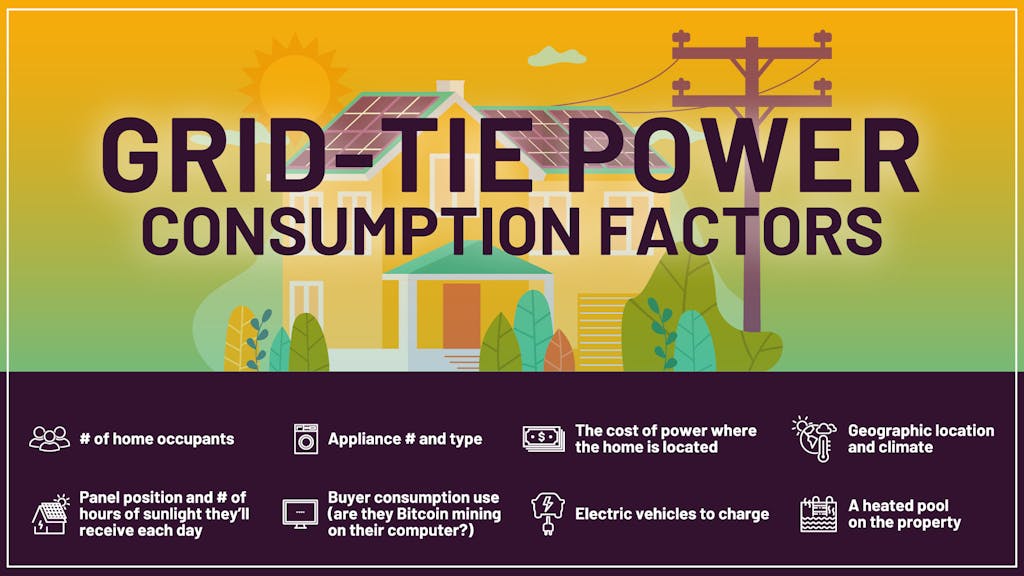
Off-Grid Systems
Off-grid solar systems are fully self-sustaining and do not connect to an existing energy grid. Off-grid systems rely on batteries to store the power they generate so that the power is available to use as needed.
Consequently, when calculating system size requirements for an off-grid system, you need to consider all the same elements as a grid-tie system, plus factoring in the necessary battery bank size and storage capacity.
Utilizing a Solar Power Consumption Calculator

Ensuring that the PV system on any new construction fits the correct size and production parameters is important to the overall energy efficiency of the system and your bottom line as the builder.
Similar to the story of Goldilocks, a system that is insufficient (or too small) to meet the needs of your target buyer makes a property more difficult to sell.
On the other hand, if you design a system that is too big, you could have a hard time either finding a buyer or recouping your costs (and that totally over-shoots the “juuuust right” mark).
Determining Current Estimated Energy Use
While you may not know the future owner’s exact power needs, you can use available information to generate a solid estimate.
A power consumption calculator often includes a guide to estimating energy use based on common appliances and HVAC needs.
Take into account factors, such as whether:
- The property is residential
- The total square feet
- The expected home cost
- Your target buyer
Allowing for Future Power Consumption Increases
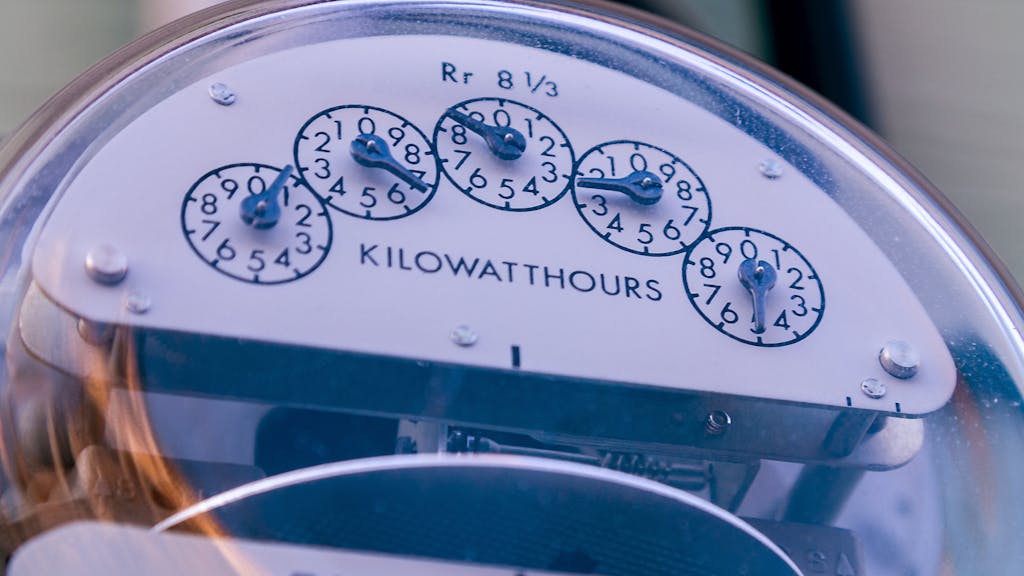
Once you have an estimated figure for current energy use, consider your target owner’s likely energy use increases.
Are you building a starter home for a family who may in the next 10 years?:
- Have children
- Buy an electric vehicle
- Install a swimming pool or finish the attic
- Be living in a retirement community
- Temporarily house an NFL football team during training camp. Anything is possible.
Use the information available to estimate likely power increase needs for a given build and calculate an anticipated future power use figure.
Plugging Your Estimated Figures Into a Power Consumption Calculator
The estimated energy use figure you use to determine your initial system size should be larger than the number you calculated for current power use but not necessarily as high as the number you came up with for anticipated future needs.
Use your judgment to determine where to draw the line for each job. Then, plug this figure into the appropriate calculator to determine which components you need.
Future-Proofing Your System With an Expandable Design
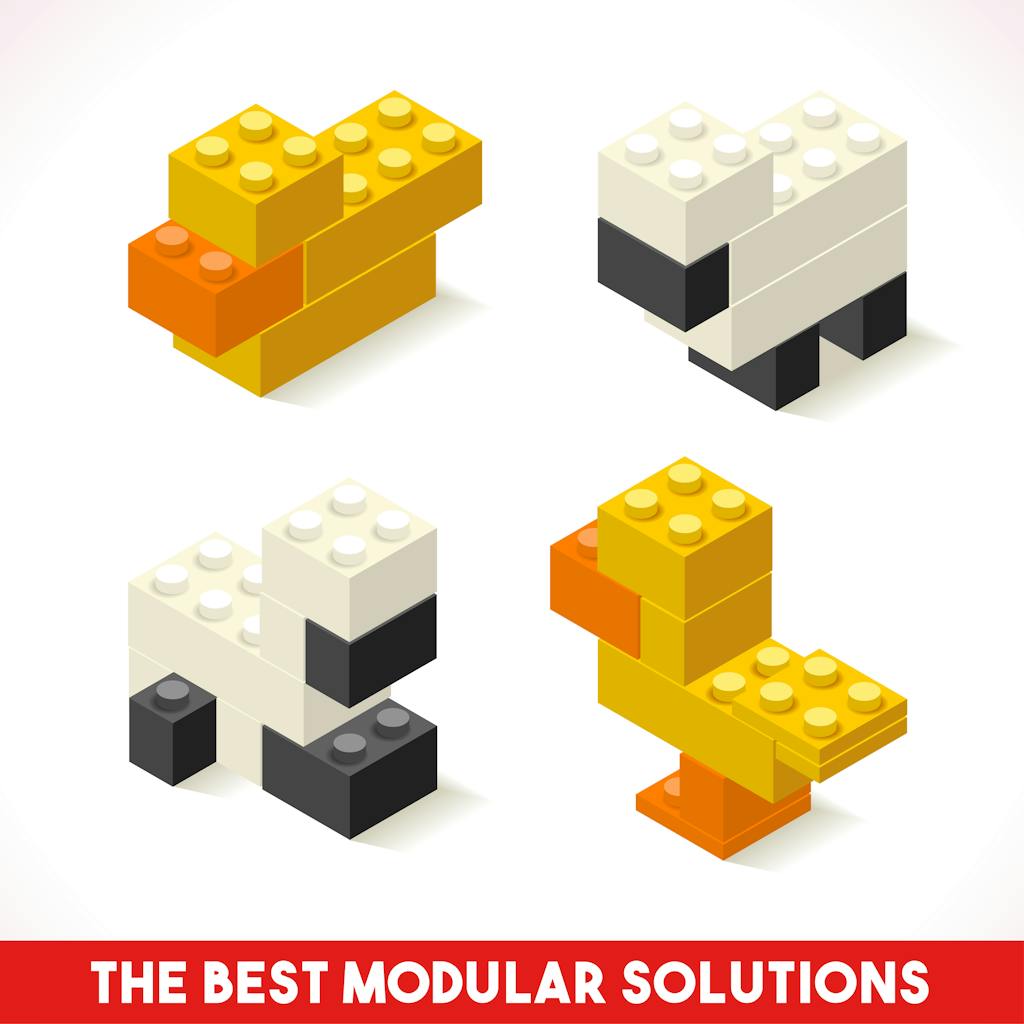
While the size of your initial installation is an important starting point, your ultimate focus should be on designing a system that can easily expand to accommodate the owner’s future needs.
Consider these three key aspects:
1. Space Constraints
Your design should leave enough physical space to add extra panels as needed.
If you have space, you may opt for a ground-mount system, which makes expansion super simple.
2. Inverter Limits
Adding panels usually means upgrading your inverter to match the new power output.
To avoid having to re-wire the entire inverter system, choose an expandable power center that is designed to allow you to add more inverters.
Alternatively, consider using micro-inverters, which typically pair with panels in a one-to-one ratio, making it easier to add more panel-inverter pairs, like a lego set.
3. Battery Banks
For an off-grid system, the best solar batteries will need to expand as the system grows.
Choose lithium batteries, which allow adding additional batteries without degrading the new additions, rather than lead-acid batteries.
Adding new lead-acid batteries into a system with older ones significantly degrades the poor new batteries.
Getting Your Future-Ready Build Underway

While you can’t predict the new owner’s exact ongoing energy needs, you can work with your architect and use the appropriate power consumption calculator to arrive at an appropriate build size.
Designing a system focused on future expandability ensures that your system is attractive to the largest number of potential buyers, regardless of current power use.
If you want more guidance, fewer hassles, and to quickly increase your profit margins, you can count on our industry-leading Builder Program.
Contact us today for a free 15-minute consultation!
